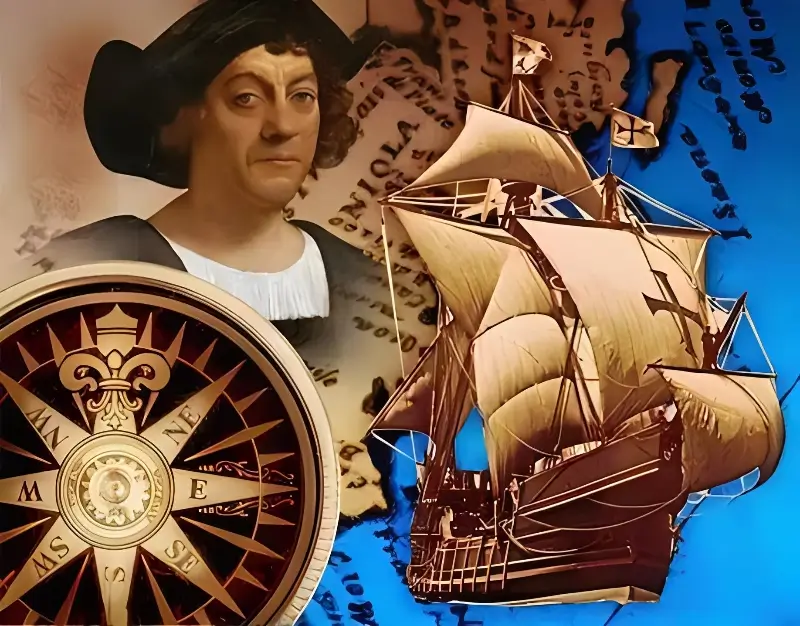why did Columbus think the world was round?
Christopher Columbus believed that the Earth was spherical mainly due to the scientific knowledge available during the late Middle Ages and Early Renaissance. The idea that the Earth was a sphere dates back to ancient Greek philosophers and astronomers. Around the 6th century BCE, Pythagoras postulated the spherical shape of the Earth. Subsequently, scholars like Eratosthenes provided empirical evidence through calculations of Earth’s circumference, and Aristotle offered additional observations, such as ships disappearing over the horizon with their hulls vanishing before their masts and the curved shadow cast by the Earth during lunar eclipses.
Columbus drew inspiration from classical knowledge preserved and disseminated in Europe. He was influenced by Ptolemy’s works and other geographical texts of the time, although his estimation of the circumference of the Earth was not accurate. Columbus believed in the spherical nature of the Earth and believed that sailing westward could reach Asia (he called it the Indian Islands) faster than heading eastward. Although his voyage did not directly prove the sphericity of the Earth, it led to an increasing amount of indirect evidence supporting this viewpoint. Magellan and his crew ultimately completed their first circumnavigation between 1519 and 1522, directly proving the roundness of the Earth.
Columbus believed the world was round for several reasons:
- Ancient Knowledge: Like many educated people of his time, Columbus was aware of the ancient Greek notion that the Earth was spherical. This idea had been proposed by philosophers like Pythagoras and Aristotle centuries before.
- Observational Evidence: Sailors and explorers had long observed that during a journey, the Earth’s horizon gradually curves up from the sea level. They also noticed that during a total eclipse of the Sun, the shadow moved across the ocean in a circular path, suggesting a round Earth.
- Lunar Eclipses: Columbus would have known that lunar eclipses occur in a circular pattern, which can only happen if the Earth is round.
- Navigation: Sailors navigate by the stars, and the ability to predict the position of stars based on the time of year depends on the Earth’s spherical shape.
- Hope for a Westward Route to Asia: Columbus proposed his voyage with the belief that the Earth was smaller than it actually is. He thought that by sailing westward, he could reach Asia faster than going around Africa, which was the usual route at the time. His calculations were incorrect, and he did not understand the Earth’s size accurately, but his belief in a round Earth was based on sound scientific principles of his time.
It’s important to note that while Columbus’s belief in a round Earth was correct, his estimation of the Earth’s size and the distance to Asia was significantly off, which led to his famous voyage and the accidental discovery of the Americas.



